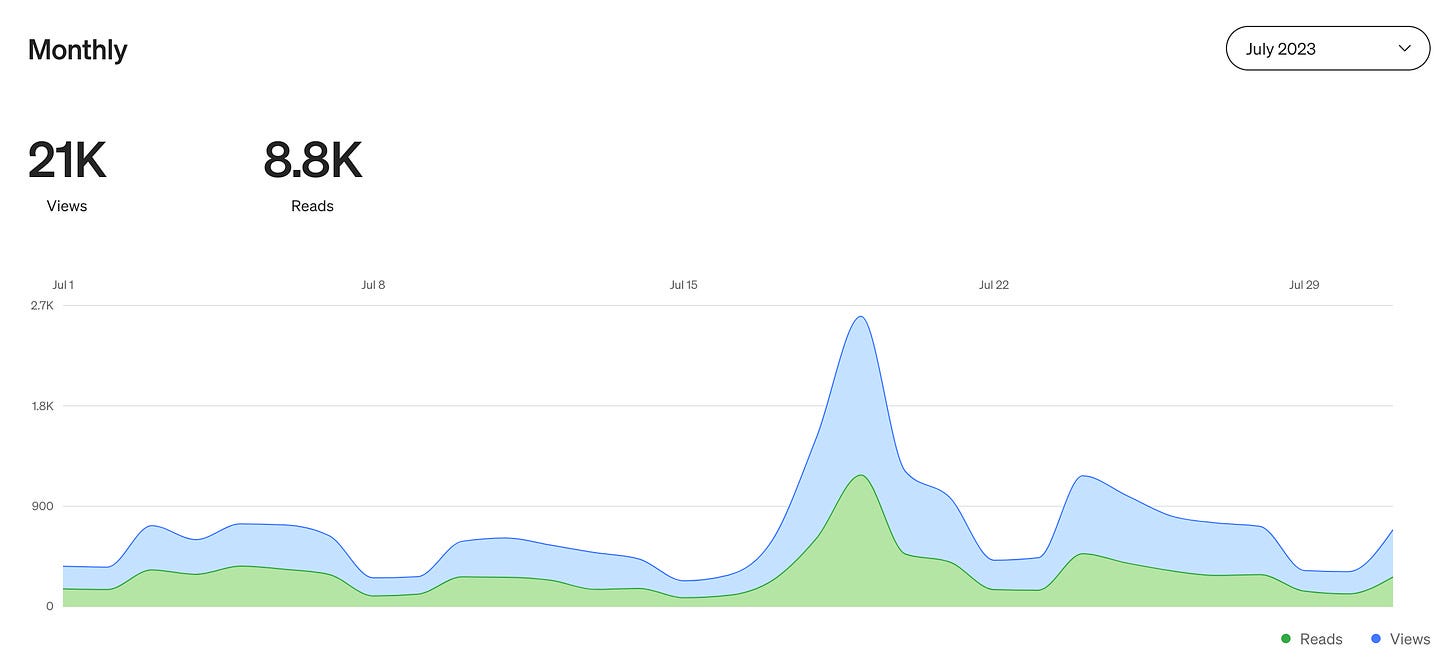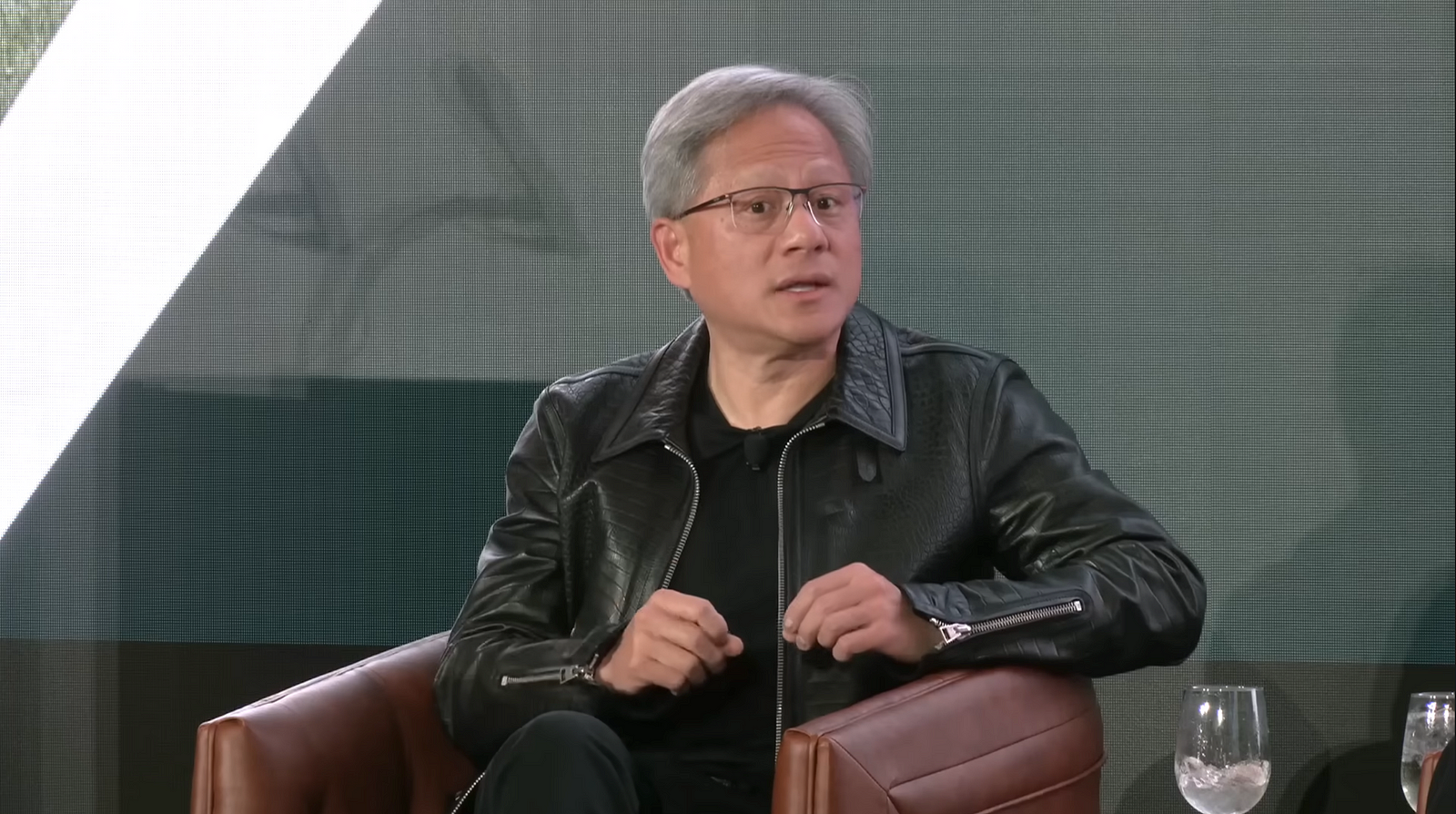Side Hustles Are Exhausting And I’m Burnt Out
Should I escape the escape from my 9-to-5?
First, let me get this out of the way.
Working a 9-to-5 is no joke.
Between the endless string of meetings, the pressure from hitting deadlines, and the added layer of knowing that you’ll have to work for the next 30 years, it’s easy to burn out quickly.
It’s happened to me numerous times and I’m going through it again.
Now I know I’m fortunate to have a job in this economy and it shouldn’t be taken for granted.
But that doesn’t mean everyone should be content with their job.
- A 9-to-5 isn’t flexible. It doesn’t work around your schedule; you work around it.
- A 9-to-5 has a salary cap. Salaries don’t keep up with inflation. Every year, you have less purchasing power unless you make more money.
- A 9-to-5 can be draining on your mental health. Small talk. Corporate speak. Managers breathing down your neck.
So what can you do to plan your escape from your 9-to-5?
Well, side hustles have been a hot topic for quite a while. If you ask millennials and Gen Z, most of them have a side hustle on top of their 9-to-5 job.
Why not earn a bit of extra cash to supplement your salary? It’s not like your boss will give you a raise that matches inflation. In some years, they might not give you any raise at all.
I’ve been side hustling since I was in high school. I guess I didn’t have a job at the time, so technically it was my main hustle. Whether I was selling hats, starting a rideshare business, flipping things online, freelancing, or writing articles, I’ve found a way to identify opportunities and take advantage of them.
It’s empowering to know that you have the skills and knowledge to earn income doing something for someone else. The motivation and energy that I felt after making that first sale were incomparable to what I currently feel working my 9-to-5 on a daily.
Where I started to burn out
But glamorizing side hustles with articles like “30-year-old tech worker makes $200,000 a year from their side hustle working 5 hours a week” isn’t healthy for the average person.
Lately, with the cost of living on a perpetual rise and the ever-growing desire to quit my day job, I feel like I’ve put a lot of pressure on myself to sustain and grow my side hustle income streams.
Each year, I’ll set a revenue goal for myself compared to the previous year, but this exposed a couple of problems.
1. Side hustle income isn’t always predictable
Many side hustles are service-based businesses, like freelancing, contracting, and even dog-sitting. Often, these types of jobs are sporadic and can’t be relied upon for a steady income stream unless you invest a lot of resources into marketing.
This has increased my anxiety, as I often wonder when an income stream will dry out and what if I can’t find another one. Then, I won’t be able to hit my goals for the year.
However, they can become more predictable if you work out a long-term agreement or retainer, as they call it in the freelance world. I’ve started to see a rise in freelancers using a subscription model to offer their services which are typically charged on a project or hourly basis.
Not only does this make income more predictable, but it removes friction during the sales cycle and can help freelancers diversify their income evenly across multiple clients, rather than relying on one or two major ones.
Applying business models to new industries can be a good way to identify an opportunity.
2. Focusing on short-term earnings rather than building a business
A side hustle doesn’t have to turn into a business, and for the most part, people are just looking for some extra cash. They might not be interested in quitting their 9-to-5 to go all in on their side hustle. But with the side hustles that I’ve been pursuing, the income has been directly related to the time and energy invested.
For example, writing articles on Medium was one of my side hustles for a while. Each time I posted an article, I would earn a bit of money from members who read my work. But that required consistent writing and engaging on the platform. I would continue to earn a bit of money from those articles months later, but eventually, it would start to dry up.

The same thing happens with freelancing. After working on a project, I get paid and then it’s on to the next one. It’s just like having a second job and it’s been taking a toll on my mental health, especially after spending 8 hours a day on my computer at work. Not to mention, I lose out on time that could be spent with my partner, my family, and my friends.
Well, I guess that’s the cost of making money.
It’s a first-world problem to have.
It’s not like I need the money to survive. Maybe I just need to learn to manage my time better.
Then that led me to think, why not build a side hustle that sells a product instead of a service?
Service businesses can be easier to jump into once you have the skills and knowledge to provide the services. But they depend on you or your employee spending time out of your day, which is limited.
Product businesses would require time invested upfront (while making no money) to build the product and market it, but with the right product and marketing, I would be able to take a step back once it’s more established.
This could be wishful thinking, but it’s given me some ideas on how to use my time more strategically.
Defining success with side hustles
After feeling burnt out and on the verge of giving up, I have a new perspective on what a healthy relationship with side hustles should look like, at least for my circumstances.
Understanding your goals with a side hustle is a good place to start.
- What’s motivating you to start this side hustle? Is it money-related or creative exploration?
- Do you want a side hustle to eventually replace your 9-to-5 job?
- How much money is “enough”?
Recently, Jensen Huang, the CEO of Nvidia, gave a keynote at the Stanford Institute for Economic Policy Research (SIEPR) Economic Summit. He was asked to give students some advice to improve their chances of success.

The advice that Jensen gave was,
“People with very high expectations have very low resilience. And unfortunately, resilience matters in success.”
Being resilient means being able to adapt to difficult circumstances, overcome challenges, and grow as a person through tough times.
Upon reflecting on my relationship with side hustles, and work in general, I’ve always had high expectations for myself. I felt like pushing myself to my limits was a good thing. It leads to personal development, achievements, and my idea of success.
But it also comes with burnout and a boatload of other factors to consider along the way. Perhaps my idea of success was based on the wrong things.
Money and status can be nice, but I realized that I’m happiest when I’m productive and working on the things that I want to work on. That doesn’t happen when I have a scarcity mindset and am desperate to find a way to hit an arbitrary goal that I set for myself.
Looking ahead, I’m planning to focus on building things that align more with my interests and passions (more on that in the future). I’m selective with my time and not always chasing after small wins that don’t move the needle for me.
I want a side hustle that allows me to conduct business in an area that I’m excited about and in a way that I can be proud of.
And in the end, the money will come or at least I’ll have some interesting stories to tell.





